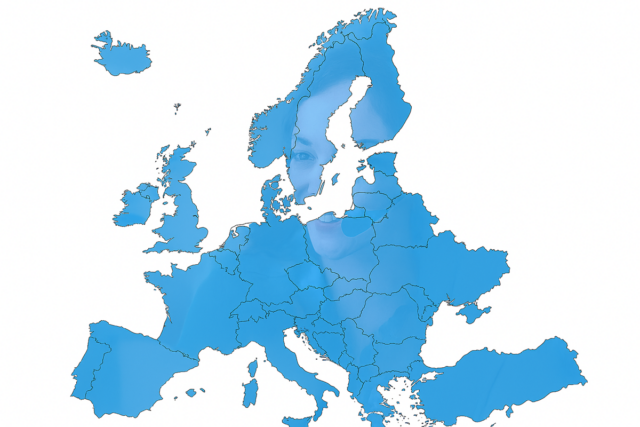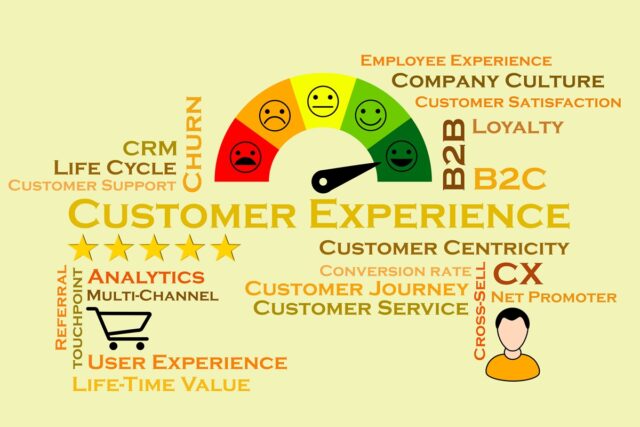October 14, 2025
Cisco’s AI Readiness Index 2025 Reports “Mind the Gap”

The Cisco AI Readiness Index 2025 is out now, showing a widening gap between AI ambition and actual readiness. This survey of 8,000 global AI leaders, highlights two major trends shaping enterprise AI:
- AI Agents: 83% of companies plan to deploy them, yet most lack the secure infrastructure to sustain them.
- AI Infrastructure Debt: a growing drag on innovation, and a new risk factor for enterprises scaling AI too fast.
While the most AI-ready organizations are 4x more likely to move pilots into production and 50% more likely to see measurable value, it shows only 13% of organisations worldwide qualify as AI-ready.
The Benefits of Setting the AI Pace
These AI-ready companies, badged as “Pacesetters” are already designing their networks for the scale and complexity of agentic AI. And they are already architecting for the future with 98% designing their networks for the growth, scale and complexity of AI compared to 46% overall.
Powered by that focus, they outperform their peers across every measure of AI value, captured for the first time in the study.
The Pacesetters’ sustained advantage indicates a new form of resilience: a disciplined, system-level approach that balances strategic drivers with the data and infrastructure needed to keep pace with AI’s accelerating evolution. Find out more in the 27-page survey.
That combination of foresight and foundation is delivering real, tangible results at a time when two major forces are starting to reshape the landscape: AI agents, which raise the bar for scale, security, and governance; and AI Infrastructure Debt, the early warning signs of hidden bottlenecks that threaten to erode long-term value.
Measuring How AI Helps Companies Win
Cisco’s research outlines a consistent pattern among these leaders, using their readiness as a competitive advantage to deliver real returns.
They make AI part of the business, not a side project: Nearly all Pacesetters (99%) have a defined AI roadmap (vs 58% overall) and 91% (vs 35%) have a change-management plan. Budgets match intent, with 79% making AI the top investment priority (vs 24%) and 96% with short- and long-term funding strategies (vs 43%).
They build infrastructure that’s ready to grow: They architect for the always-on AI era. 71% of Pacesetters say their networks are fully flexible and can scale instantly for any AI project (vs 15% overall), and 77% are investing in new data-center capacity within the next 12 months (vs 43%).
They move pilots into production: 62% have a mature, repeatable innovation process for generating and scaling AI use cases (vs 13% overall), and three-quarters (77%) have already finalized those use cases (vs 18%).
Pacesetters measure what matters: 5% track the impact of their AI investments — three times higher than others — and 71% are confident their use cases will generate new revenue streams, more than double the overall average.
They turn security into strength: 87% are highly aware of AI-specific threats (vs 42% overall). Some 62% integrate AI into their security and identity systems (vs 29%). And 75% are fully equipped to control and secure AI agents (vs 31%). Trust is part of the Pacesetters’ value equation.

The Downside of AI Weakness
Pacesetters achieve more widespread results than their peers because of this approach: 90% report gains in profitability, productivity, and innovation, compared with ~60% overall. However, those lagging behind are already in hock to AI, the emerging drag on value.
Cisco’s report introduces a new concept — AI Infrastructure Debt — the modern evolution of technical and digital debt that once held back digital transformation.
It’s the silent accumulation of compromises, deferred upgrades, and underfunded architecture that erodes the value of AI over time.
Early warning signs are already visible:
- 62% expect workloads to rise by over 30% within three years,
- 64% struggle to centralize data, only 26% have robust GPU capacity
- and fewer than one in three can detect or prevent AI-specific threats.
These signs point to a gap between AI ambition and operational readiness. But when the systems that power AI aren’t secure, the debt can increase risk.
The key figure for next year’s report will be how many companies can escape this debt before it becomes an AI black hole that they cannot escape from, or compete with rivals.
Many vendors report high growth for their products, boosted by the exciting AI journey. But the coming years could be terrifying for end users businesses unable to cope or adapt.



